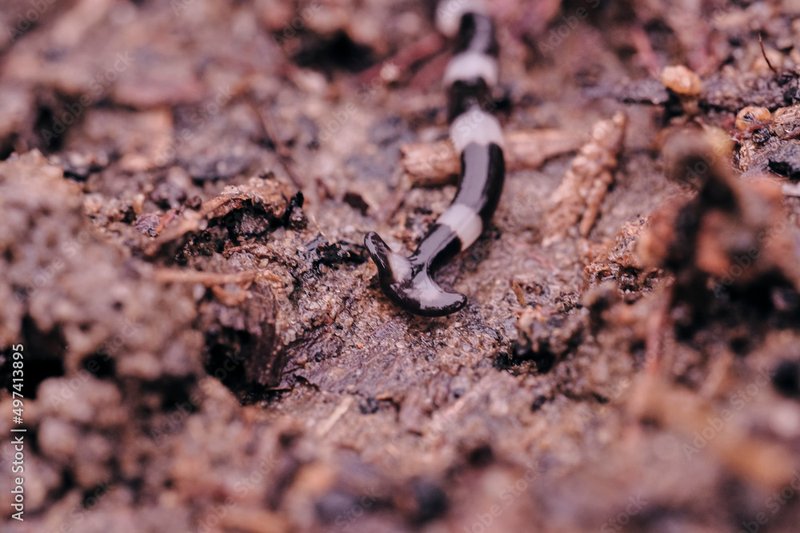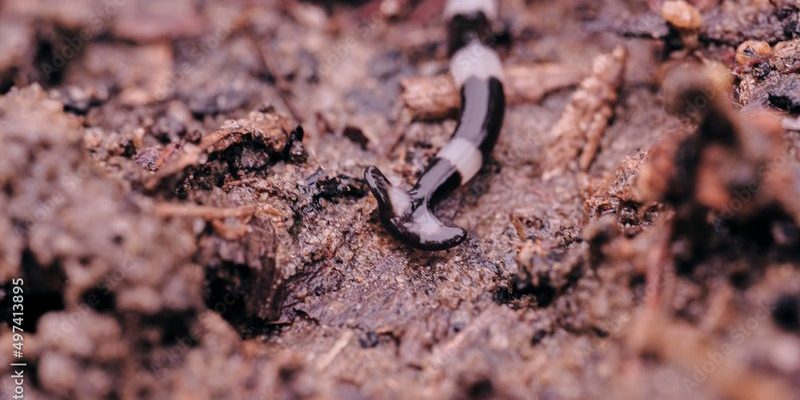
Imagine sharing your favorite recipe with a friend, only to find out that one ingredient is harmful! That’s a bit like how hammerhead worms are spreading across our gardens. They often arrive in soil and mulch that’s moved from one place to another. If you’re a gardener or just love nurturing plants, you might want to know more about how these worms are making their way into our backyards and what you can do to keep your plants safe.
What Are Hammerhead Worms?
Hammerhead worms, scientifically known as *Bipalium kewense*, are fascinating yet concerning creatures. They can grow up to a foot long and have a unique shape that resembles a hammer. Their bodies are typically brown or black with lighter stripes, making them stand out among the soil’s natural inhabitants. But here’s the kicker: they are predatory, feeding mainly on earthworms. This might sound like a small issue, but earthworms play a vital role in soil health, so the presence of hammerhead worms can disrupt entire ecosystems.
You might be wondering how these worms got such a peculiar name. It comes from the shape of their heads, which look somewhat like a hammer lying flat. If you spot one while gardening, it might remind you of a character straight out of a sci-fi movie, but make no mistake; they’re very real and becoming a growing concern.
How Do Hammerhead Worms Spread?
The spread of hammerhead worms is closely linked to the **soil and mulch trade**. Many gardening enthusiasts often buy soil, compost, and mulch from various sources to enhance their gardens. Unfortunately, this can lead to unintended consequences. If hammerhead worms are present in the soil or mulch being purchased, they can easily find their way into your garden.
Another sneaky way they spread is through the movement of plants. When people trade or share potted plants, they sometimes unknowingly transport hammerhead worms along with their leafy friends. Just think about it: you acquire a beautiful plant from a friend, only to discover later that it came with unwelcome guests! If you’re not careful, you could be introducing these worms into your own garden without even realizing it.
Why Are Hammerhead Worms a Concern?
So, why should you care about these unusual worms? The main issue is their **predatory nature**. They consume earthworms, which are essential for healthy soil. Earthworms help aerate the soil, break down organic material, and improve plant growth. When hammerhead worms move in, they can significantly reduce the earthworm population, leading to nutrient-poor soil and struggling plants.
Additionally, hammerhead worms can adapt to a variety of environments, making them tough to eliminate once they establish themselves. Their ability to reproduce quickly means that a few individuals can turn into an infestation in no time. This isn’t just about aesthetics; it’s about maintaining the health of your garden ecosystem.
Identifying Hammerhead Worms in Your Garden
Recognizing hammerhead worms can help you catch them early. Look for these signs:
- Shape: Their flat, hammer-like heads are distinct.
- Size: They can grow up to 12 inches long.
- Color: Typically brown or black with lighter stripes.
- Movement: They glide across surfaces, sometimes leaving a slimy trail.
If you spot one in your garden, it’s crucial to take action. Don’t just leave it; the sooner you identify and manage them, the better chance your soil and plants have to thrive!
How to Prevent Hammerhead Worm Infestation
Prevention is the best strategy when it comes to hammerhead worms. Here are several tips to help you keep your garden safe:
- Buy Local: When purchasing soil and mulch, choose local suppliers known for their quality. Research their practices to ensure they don’t have a history of hammerhead worm infestations.
- Inspect Plants: Always check potted plants for any signs of pests before introducing them to your garden.
- Use Heat Treatment: If you’ve collected soil or mulch from unknown sources, consider heating it to kill any unwanted hitchhikers. Simply baking the soil in the oven at a low temperature can help.
- Share Knowledge: If you’re part of gardening clubs or groups, educate others about hammerhead worms so they can help prevent their spread.
These proactive steps can save your garden from becoming a new home for these invaders.
What to Do If You Find Hammerhead Worms
If you discover hammerhead worms in your garden, don’t panic! Here’s how you can deal with them effectively:
1. **Remove Manually:** Wearing gloves, you can pick them up and dispose of them. Make sure to place them in a sealed bag and throw them away. Don’t just toss them into a nearby area, as they’ll likely return.
2. **Chemical Treatments:** While it’s generally not the first choice, you can consider using pesticides that are effective against worms. Always follow the instructions carefully and think about the impact on beneficial insects.
3. **Create Barriers:** If you have found them in your garden previously, creating barriers can help. Using mulch or physical barriers can deter them from re-entering.
Facing an unexpected garden pest can be frustrating, but taking informed action can help protect your plants.
The Importance of Awareness in Gardening
Ultimately, awareness is key in gardening. By understanding how hammerhead worms spread through soil and mulch trade, you can take informed steps to protect your garden. It’s about more than just what looks good; it’s about creating a sustainable environment for your plants to thrive.
Let’s remember: gardening is a shared community effort. By keeping an eye out for hammerhead worms and educating ourselves and others, we can all contribute to healthier gardens. So, the next time you’re digging in the soil or bringing a new plant home, think about what might be coming along for the ride!
Preventing hammerhead worms starts with each one of us. Stay informed, stay vigilant, and your garden will flourish!

